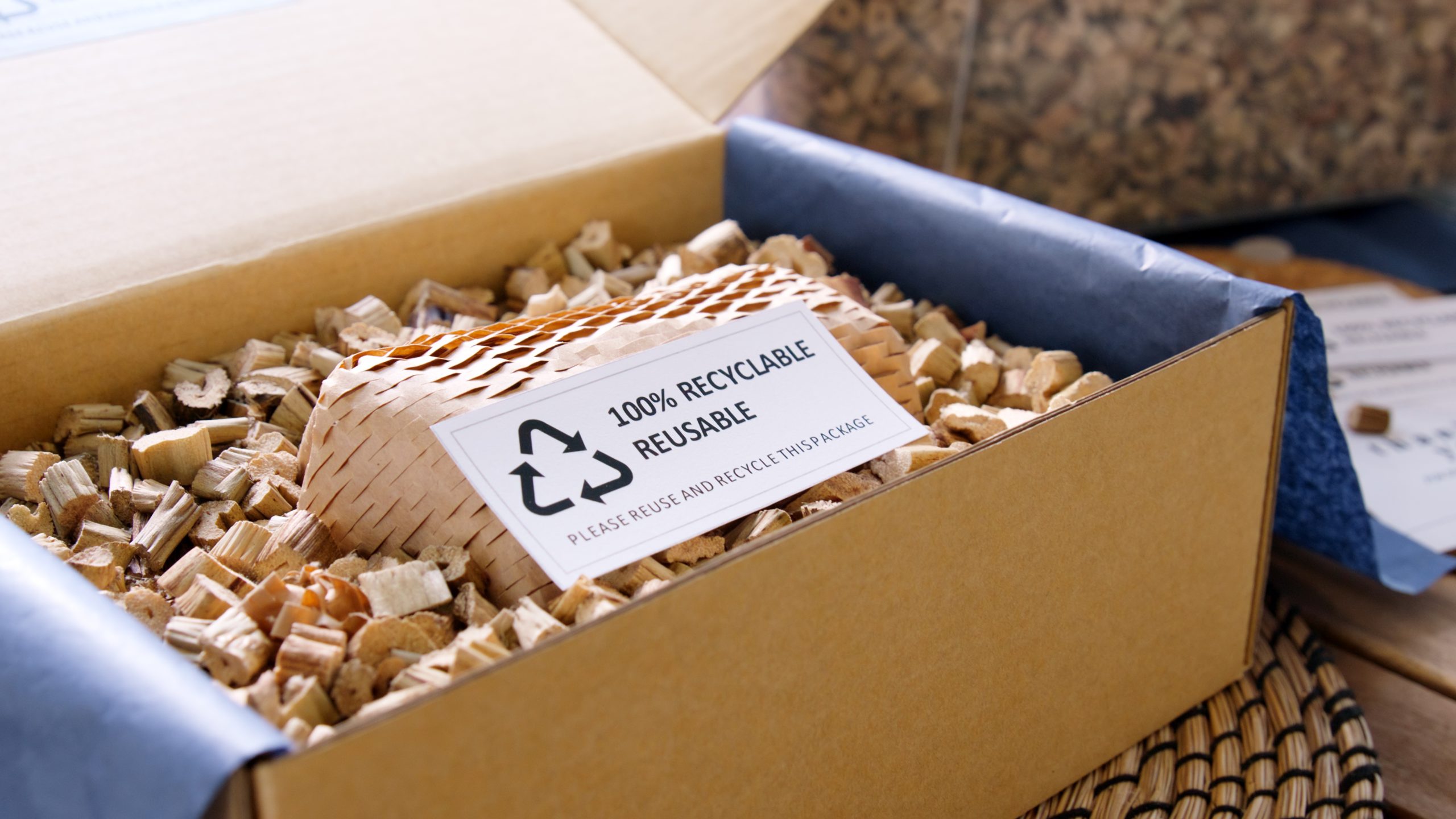|
|
Busy? Try the speed read.
E-commerce is booming, but many online stores are far from eco-friendly. However, sustainable e-commerce is possible, and embracing sustainability can help businesses outperform their competitors over the next few years. Learn how here.
- Consumers prefer to buy sustainable products if it means they are more consumer conscious
- Buying sustainably can be more cost effective and save you money
- Whilst Ecommerce is getting greener as consumers demand more sustainable methods there is still lots of room for improvement
- Businesses can benefit from adopting more sustainable methods
- Going green can equip your business for future green initiatives and regulations
Dig deeper —> 9 min
5 Reasons Why Sustainable E-Commerce Gives Businesses a Competitive Edge
E-commerce has redefined retail. People are buying more and more products online, but this convenience comes at a cost to the environment. Sustainability and e-commerce are often at odds, but it doesn’t have to be that way.
As businesses lean more into online sales, they should take the opportunity to go green. On top of protecting the planet, sustainable e-commerce can give you an edge over your competitors. Here are five reasons why.
1. Consumers Want Sustainable Products
The biggest reason sustainability and e-commerce should go together is that people want to buy from sustainable companies. Customers today want to lower their carbon footprints, but to do that, they need greener options from businesses. If you offer those options, you could see a nice bump in sales as a result.
More than half of U.S. consumers say they’d shop at a store less if they found out it wasn’t sustainable. On top of that, 70% say they’re willing to pay at least 5% more for products with a fully sustainable supply chain.
If your e-commerce store can demonstrate its sustainability, eco-conscious buyers could flock to your site, away from less green competitors, even if your prices are higher. As the effects of climate change become harder to ignore, that trend will likely grow, too.
2. Sustainability Can Save Money
Going green in e-commerce can also help reduce costs. You may find that difficult to believe at first, given the high price of things like electric vehicles and renewable energy. But while these upfront costs are high, they generally save money long-term.
Businesses that use renewables save on their energy bills each month, eventually making up for these technologies’ high price tags. That’s because running on solar or wind power means you’re not buying as much electricity from a utility company. In many areas, you can also get tax breaks and other government incentives to help pay for these upgrades.
Similarly, using electric vehicles to deliver your e-commerce goods can cut fuel and maintenance costs. Electricity is cheaper than gas in many situations, and EVs don’t need as much maintenance because they have fewer moving parts.
3. Many E-Commerce Businesses Are Not Sustainable
Another reason to combine sustainability and e-commerce is that many online sales are far from eco-friendly. As a result, making a greener online shopping experience can help you stand out more from the competition.
E-commerce’s reliance on fast delivery times means, in many cases, businesses send half-loaded trucks out on the road. That results in having to send more vehicles and make more trips, contributing to more carbon emissions. Online shopping also typically involves a lot of plastic packaging, which ends up as waste and pollution.
Because these issues are so prevalent in the industry, going green can be a significant differentiator between you and your competitors. With so few sustainable e-commerce stores out there, you have an underserved niche to capitalize on.
4. E-Commerce Has Big Green Potential
Despite those glaring shortcomings, there’s a lot of potential for sustainability in e-commerce. If you buy more from sustainable online stores, you could reduce your carbon footprint by not driving as much. Some e-commerce businesses may also operate in smaller buildings than their brick-and-mortar counterparts, letting them get by with less energy consumption.
There’s never been a better time to go green, either. EV maximum ranges have gone up by 100 miles in just a year, and you can choose from an ever-increasing range of models and manufacturers. Similarly, renewable power is getting cheaper by the day. These trends make the industry ripe for the move to sustainability.
If you start going green now, you could make some significant strides over the next few years. Those improvements could help capitalize on today’s eco-conscious markets early.
5. Going Green Can Get You Ahead of Future Regulations
As global leaders become more aware of climate-related threats, it may not be long until e-commerce has no choice but to embrace sustainability. The U.S. rejoined the Paris Agreement in 2021, which means environmental regulations will likely rise over the next few years. Going green now can get you ahead of those new rules.
Sustainability can be complex, so if you have to rush to achieve it, it can be hard on your business. Starting early ensures you’re already in a good position by the time new regulations come out, helping you avoid any rush and the high expenses that come with it.
E-commerce as a whole will move toward sustainability eventually. Starting now will place you ahead of the curve, helping establish your name as a leader in green online sales while that’s still a differentiating factor.
How to Bring Sustainability and E-Commerce Together
Now that you know why to pursue sustainable e-commerce, you need to know how. Some steps may vary depending on the kind of business in question, but some general guidelines can help bring sustainability and e-commerce together.
Packaging is a big issue to tackle. Materials like molded fiber packaging are biodegradable and customizable, making it easier to meet a variety of packaging needs without relying on plastics and foam. Search around for renewable or recyclable materials to use and find ways to use less material overall to minimize waste.
Transportation is another part of e-commerce that needs work. It accounts for 38% of all CO2 emissions in the U.S., and shipping uses a lot of it. Businesses with their own fleets should switch their vehicles for EVs. If you use third-party services, look for fleets that offer electric options or schedule your shipments to make fewer trips and use fewer trucks.
It’ll also help to run your warehouses or offices on renewable energy. You may also want to invest in carbon offsets to help make up for any emissions in manufacturing or shipping you weren’t able to avoid. It’s best to move away from offsets long-term in favor of being carbon-free from the beginning, but they can help in the meantime.
Sustainability and E-Commerce Are the Future of Business
Sustainability and e-commerce don’t always go together, but they can with a little effort. Once businesses see how much going green can put them ahead of the competition, more will embrace these practices.
If you run an e-commerce business and want to get ahead of this trend, consider how you can embrace sustainability today. You can make a difference as a shopper, too. Buying from more sustainable online stores will push the rest of the industry in that direction to meet changing demand.












